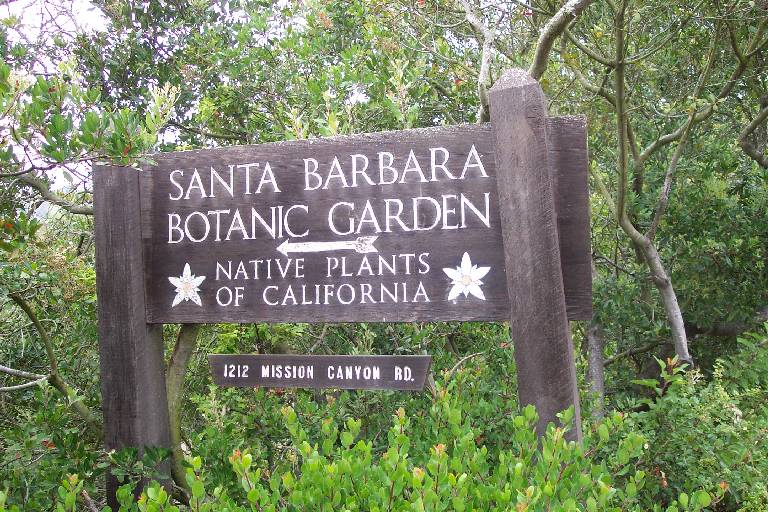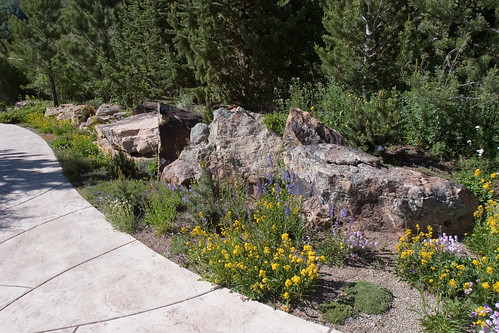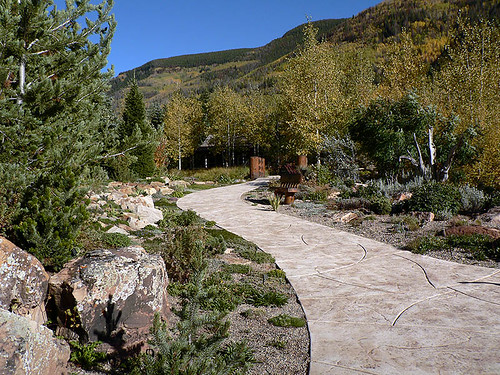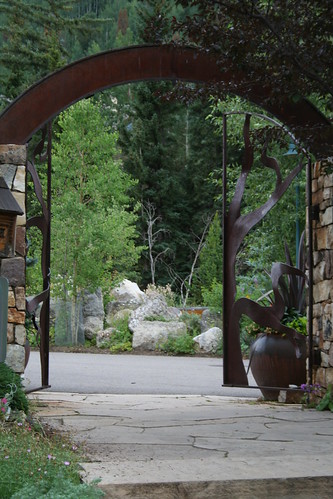The Cactus and Succulent Garden displays native cactus species, as well as other cold-hardy cactus and succulent plants.

A botanical garden is basically a well cared for and well-designed (sometimes not even planned out) garden that is considered a public place for the whole community to enjoy. Mostly you will also be able to see cards with the scientific or botanical names of plants, flowers and trees.

 Youtan Poluo is a legendary flower thought to exist only in the Buddhist scriptures. Youtan Poluo is translated in Sanskrit as "Udumbara" or "Udambara" flower. Similar phenomenon has occurred at Chonggye-sa Temple in Seoul when the flower blossomed on the Buddha statue's forehead.
Youtan Poluo is a legendary flower thought to exist only in the Buddhist scriptures. Youtan Poluo is translated in Sanskrit as "Udumbara" or "Udambara" flower. Similar phenomenon has occurred at Chonggye-sa Temple in Seoul when the flower blossomed on the Buddha statue's forehead.



Carnivorous plants refer to any meat-eating plants with urn-, trumpet-, or pitcher-shaped leaves. Asclepiadaceae (milkweed family), Sarraceniaceae (new world pitcher plants, or Sarracenia genus found in the eastern part of North America), and Nepenthaceae (Old World pitcher plants) are some of their examples.
 The known species of carnivorous plants are more than 660 species and 9 plant families, with the Venus flytrap being the famous and one of the most abundant species among them. Meanwhile, the Utricularia genus is identified as the largest number of the species on earth.
The known species of carnivorous plants are more than 660 species and 9 plant families, with the Venus flytrap being the famous and one of the most abundant species among them. Meanwhile, the Utricularia genus is identified as the largest number of the species on earth. Most plants cannot absorb Nitrogen directly from the air, except for a small number of leguminous plants which are adapted with unique nitrogen-fixing property as in the example of Rhizobium.
Most plants cannot absorb Nitrogen directly from the air, except for a small number of leguminous plants which are adapted with unique nitrogen-fixing property as in the example of Rhizobium. That means, they have to break down the insects to obtain their Nitrogen content (insect bodies contain about 10.5% nitrogen), and hence they are termed as meat-eating plants. Apart from Nitrogen, Utricularia and Triphyophyllum are also known to absorb Magnesium and Potassium, while Sarracenia absorbs Phosphorus in prey. The adaptation of their leaves specially modified as traps enable them to obtain some nutrients by trapping and digesting various invertebrates, and occasionally they may even digest larger animals such as frogs and mammals.
That means, they have to break down the insects to obtain their Nitrogen content (insect bodies contain about 10.5% nitrogen), and hence they are termed as meat-eating plants. Apart from Nitrogen, Utricularia and Triphyophyllum are also known to absorb Magnesium and Potassium, while Sarracenia absorbs Phosphorus in prey. The adaptation of their leaves specially modified as traps enable them to obtain some nutrients by trapping and digesting various invertebrates, and occasionally they may even digest larger animals such as frogs and mammals. Scientists believe that they may have evolved from rolled leaves, with selection pressure favoring more deeply cupped leaves over relatively long evolutionary time. Some of them such as Nepenthes are placed within clades consisting particularly of flypaper traps, but some have evolved from flypaper traps by loss of mucilage. Very often, these plants climb by tendrils.
Scientists believe that they may have evolved from rolled leaves, with selection pressure favoring more deeply cupped leaves over relatively long evolutionary time. Some of them such as Nepenthes are placed within clades consisting particularly of flypaper traps, but some have evolved from flypaper traps by loss of mucilage. Very often, these plants climb by tendrils. In insectivorous plants (insects are one of their common prey items), their leaves appear in the form of deep cups or pitchers in which visiting insects will fall into them. Once in the plant, the prey tumbles down into a liquid pool and drowns, and then they are digested by the action of enzymes secreted by cells located in the walls in their pitcher-like structures of these plants. The digestion of prey releases nitrates and other nutrients, and these essential nutrients are then absorbed for their growth.
In insectivorous plants (insects are one of their common prey items), their leaves appear in the form of deep cups or pitchers in which visiting insects will fall into them. Once in the plant, the prey tumbles down into a liquid pool and drowns, and then they are digested by the action of enzymes secreted by cells located in the walls in their pitcher-like structures of these plants. The digestion of prey releases nitrates and other nutrients, and these essential nutrients are then absorbed for their growth. The Venus flytrap, which has leaf lobes, is one of the wonder in the world of plants as this carnivorous plant can capture its prey very quickly in a terrifying way. The Utricularia genus is an underwater plant, which can suck its prey into bladders with its fastest-acting trap in times as short as 1/30 of a second. Meanwhile, the complex-acting trap belongs to genus Genlisea.
The Venus flytrap, which has leaf lobes, is one of the wonder in the world of plants as this carnivorous plant can capture its prey very quickly in a terrifying way. The Utricularia genus is an underwater plant, which can suck its prey into bladders with its fastest-acting trap in times as short as 1/30 of a second. Meanwhile, the complex-acting trap belongs to genus Genlisea.




The Gardens were founded by Vail and Denver horticulturists in 1985, with subsequent planting of the Alpine Display Garden (1987), Mountain Perennial Garden (1989), Mountain Meditation Garden (1991), and the Alpine Rock Garden (1999) with its stunning 120-foot waterfall. Other gardens include the Children's Garden and Schoolhouse Garden. Together these gardens contain about 2,000 varieties of plants, including over 500 different varieties of wildflowers and alpine plants.








